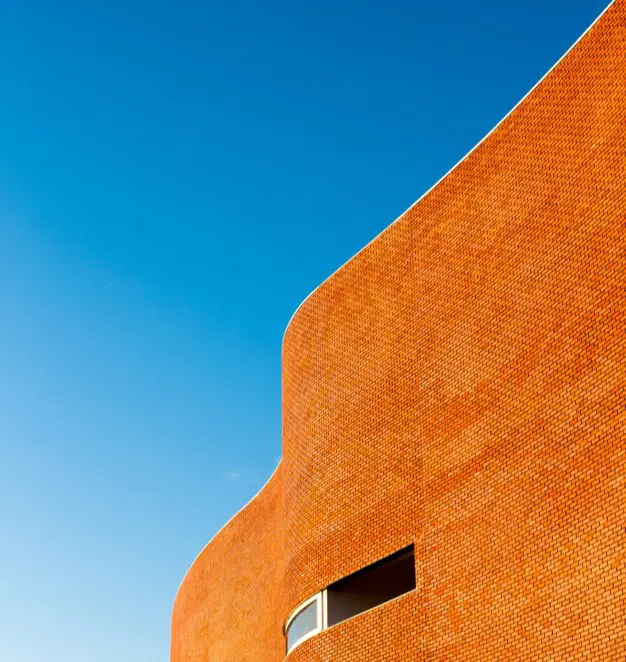One of the key benefits of mycelium insulation is its sustainability. Mycelium is completely biodegradable and can be grown and harvested without causing any harm to the environment. In addition, the production of mycelium insulation requires far less energy and resources than traditional insulation materials, making it a more eco-friendly option.
Mycelium insulation is also highly effective at regulating humidity. The tiny, interconnected cells of the mycelium are able to absorb and release moisture, helping to maintain a stable humidity level within a building. This can be particularly beneficial in climates with high humidity, as it can help to prevent the growth of mold and other indoor air pollutants.
Mycelium insulation is also a natural insulator, with a high insulation value. The tiny cells of the mycelium are able to trap air and water vapor, providing a natural insulation barrier. This means that buildings constructed with mycelium insulation can potentially have better energy efficiency, as they can help regulate the temperature inside the building and reduce the need for heating and cooling.
So how is mycelium insulation made? It is created by growing mycelium on a substrate of agricultural waste, such as straw or sawdust. The mycelium consumes the waste and grows into a soft, fibrous material, which can then be dried and processed to create the finished insulation product. This process is relatively simple and requires minimal resources, making it a more sustainable option than traditional insulation manufacturing methods.
Overall, mycelium insulation is a promising alternative to traditional insulation materials. Its sustainability, effectiveness at regulating humidity, and high insulation value make it an attractive choice for the building industry. As more architects and builders become aware of the benefits of mycelium insulation, we can expect to see a greater adoption of this innovative material in the construction industry.


